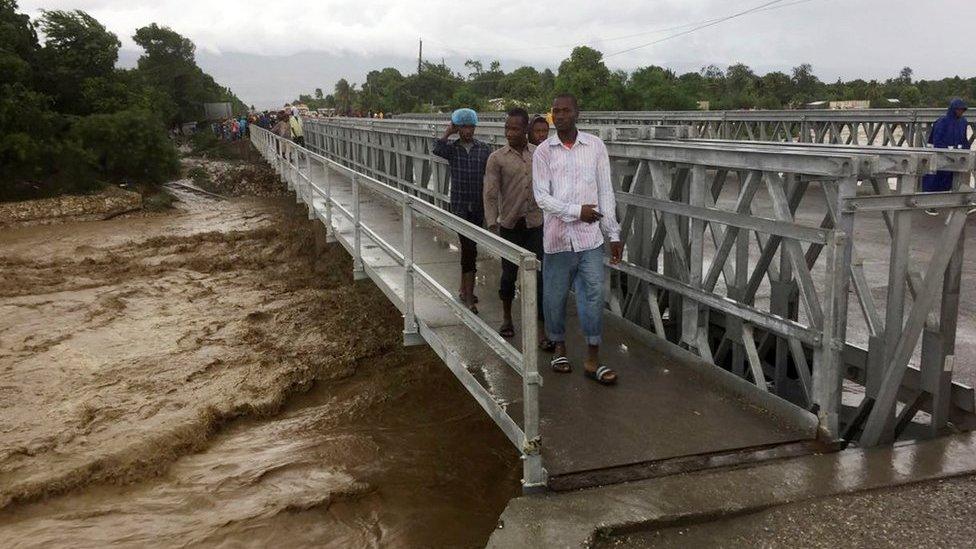Hurricane Matthew: Haiti dead reach 800 as south awaits aid
- Published
The BBC travelled with a medical team to the southern town of Port Salut, as Nick Bryant reports
The UN has warned it could take days for the full impact of Hurricane Matthew in Haiti to emerge, as the death toll soars to more than 800.
The death toll has doubled, and may rise, as rescue teams gain access to southern areas cut off by the storm.
The World Food Programme's Carlos Veloso says some of the hard-hit towns can only be reached by air or sea.
Many of the deaths in Haiti were in the south-western coast, which suffered the full force of the hurricane this week.
Hurricane Matthew is currently battering the coastline of the US state of Florida but has been downgraded to a Category Two storm, with sustained wind speed dropping to 110mph (177km/h).
Category Five is the strongest on the five-step Saffir-Simpson scale of hurricane intensity.
Rescue efforts are under way to assess the destruction left in the wake of the most powerful Caribbean storm in a decade.
Haiti's Civil Protection Agency on Friday doubled the death toll from the hurricane from 400 to more than 800.

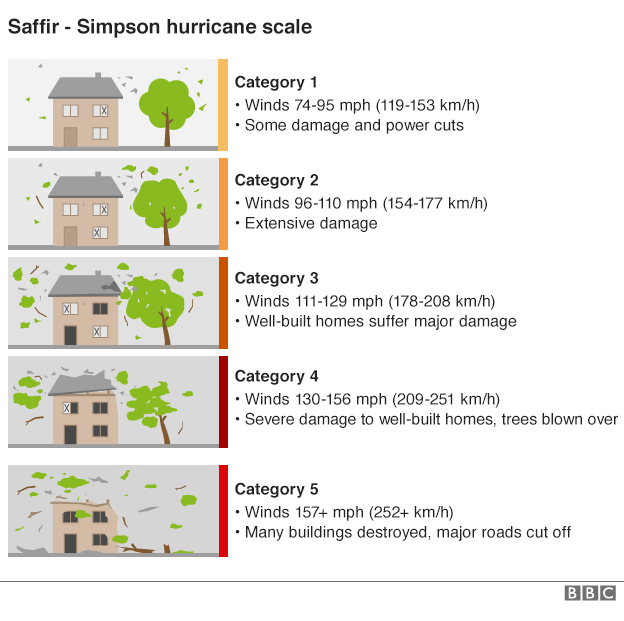

A definitive number is taking time to obtain because of the intensity of the damage to remote areas that are inaccessible because of flood water.
At least one major town in the south - Jeremie - has been 80% destroyed, with aerial footage showing the scale of destruction with hundreds of flattened houses.
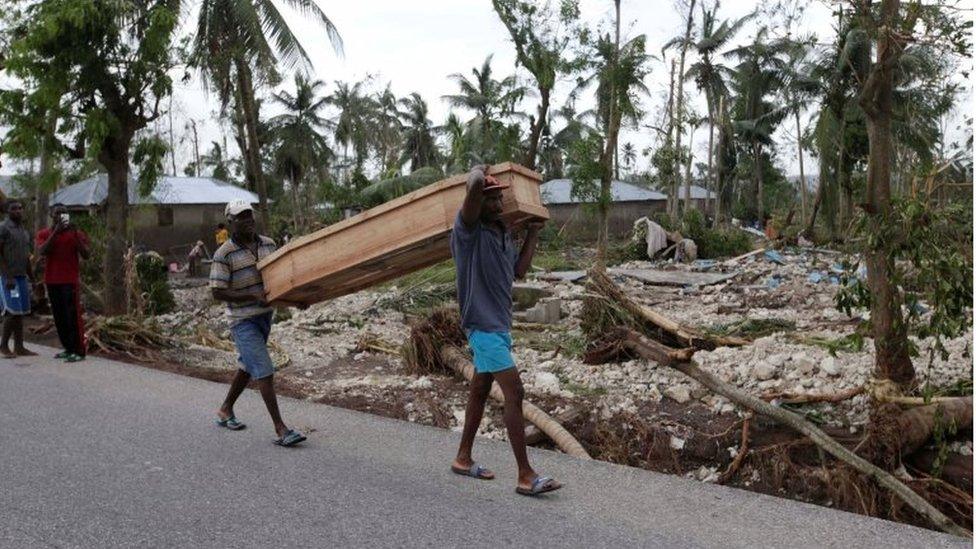
Information on the number of dead is starting to trickle in from remote areas

The town of Jeremie was among the worst hit
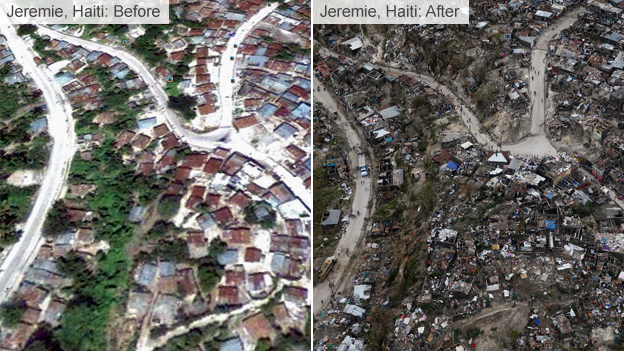
Three other towns in the south are reporting dozens of fatalities, according to Reuters news agency. The mayor of the village of Chantal told the news agency that 86 people had died and 20 more were missing.
Civil Protection Agency official Saint-Victor Jeune said his team had found another 82 bodies in the mountainous outskirts of Jeremie. But they were unable to register these with the Haitian authorities because of poor communications, he said speaking to Associated Press news agency.
The storm passed directly through the Tiburon peninsula - encompassing Haiti's entire southern coast - driving the sea inland and flattening homes with winds of up to 230km/h (145mph) and torrential rain.
'Next four or five days'
Government and UN officials estimate that some 350,000 people are in need of assistance.
"This is a situation changing all the time," the World Food Programme's Haiti director, Mr Veloso, said.
"I think that for the next four or five days, maybe only in five days, we will have a more clear picture of the impact and the death toll."
Non-governmental organisations say communication with the areas worst affected has been hampered by lack of phone coverage and downed power lines.
The US is sending its USS Mesa Verde navy ship to assist with rescue efforts, as well as nine military helicopters to help deliver food and water to the hardest-hit areas.
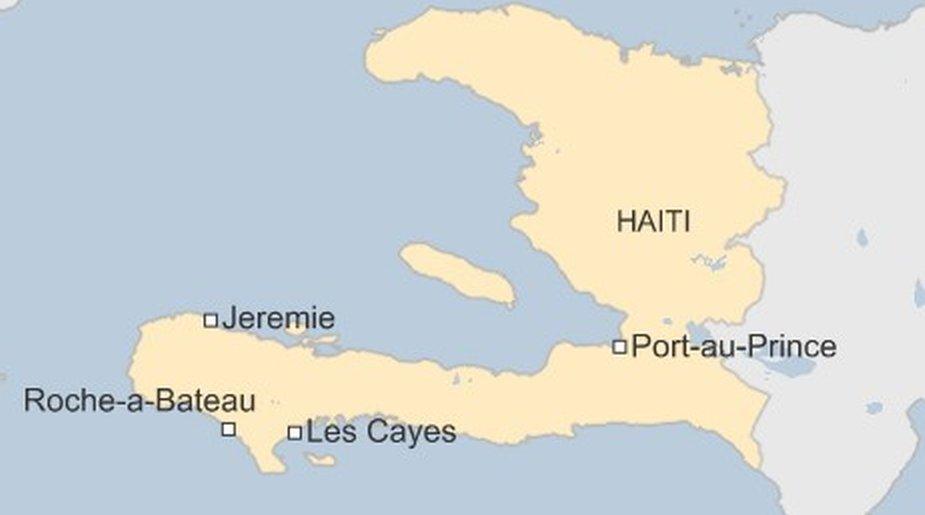
The Red Cross has launched an emergency appeal, external for $6.9m (£5.6m) "to provide medical, shelter, water and sanitation assistance to 50,000 people".
This comes amid concerns about a surge in cholera cases, with the sanitation system in Haiti already overwhelmed.
Haiti - one of the world's poorest countries - has never fully recovered from the earthquake that killed thousands of people in 2010 and a cholera epidemic that followed.
Storm surge risk
After slicing through Haiti and Cuba, Hurricane Matthew pounded the Bahamas on Thursday but no fatalities were reported there. Four people died in the neighbouring Dominican Republic on Tuesday.
The hurricane is currently winding its way up the south-eastern US coast, just kilometres from the Florida coast, which is being battered by strong winds and rain.

US President Barack Obama on Friday warned that, while southern Florida had been spared the worst, the hurricane remained very dangerous, and the risk of a storm surge and flooding remained real.
A state of emergency is in place in several states and at least three million inhabitants have been ordered to evacuate their homes.
More than half a million homes have lost power in Florida.
- Published6 October 2016
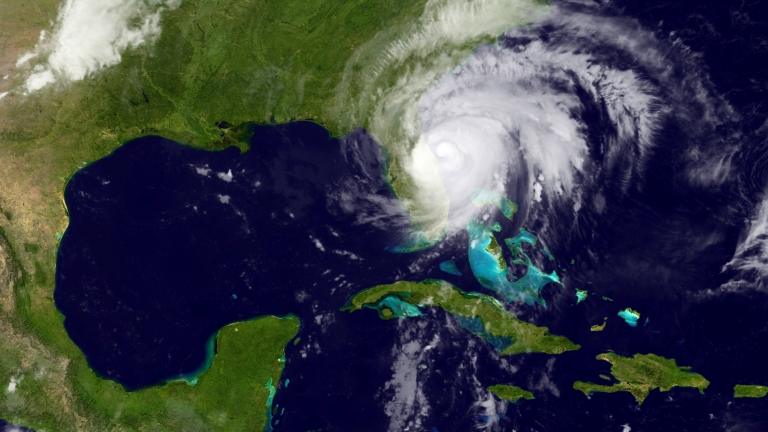
- Published8 October 2016
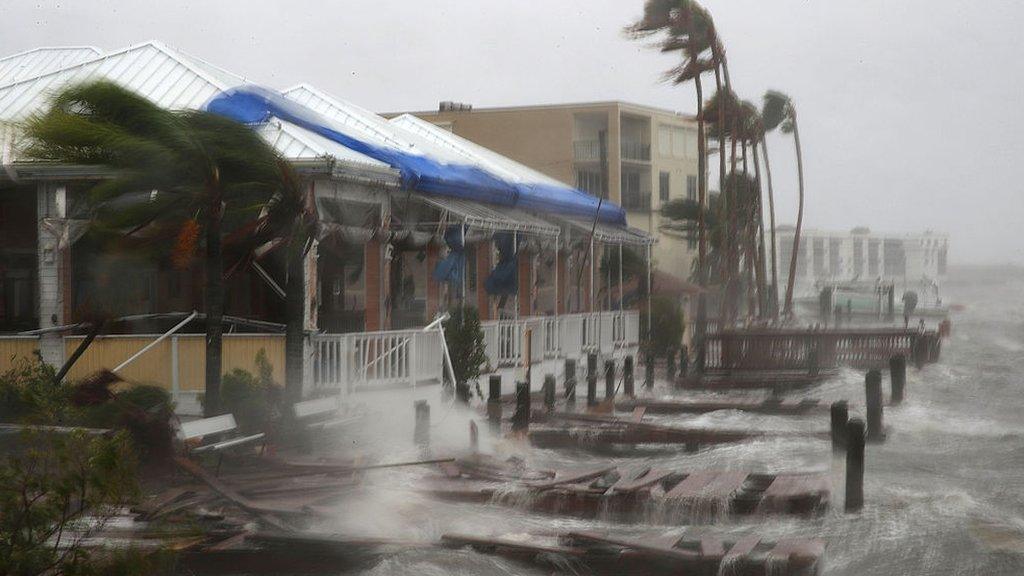
- Published6 October 2016

- Published6 October 2016
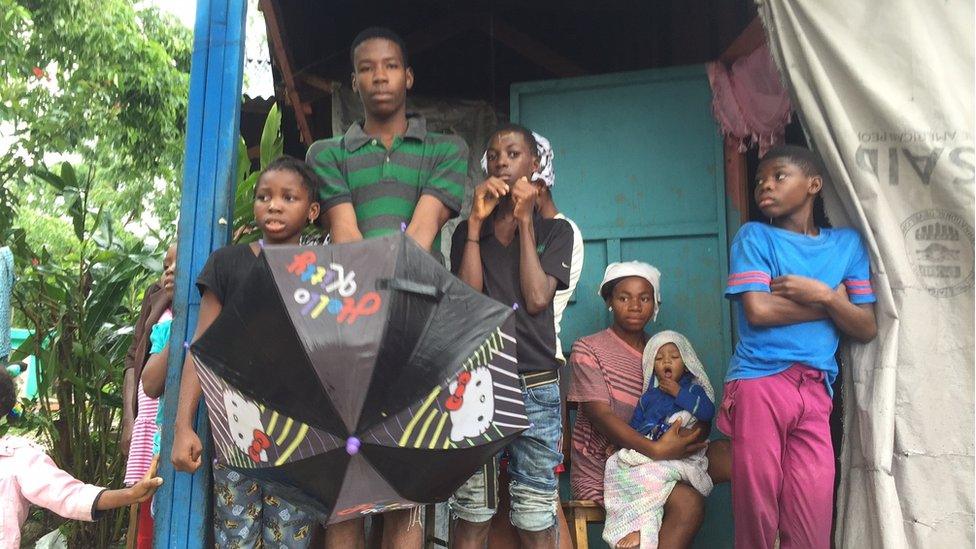
- Published4 October 2016
